Home>Gardening & Outdoor>Landscaping Ideas>What Temperature Does It Need To Be For Grass To Grow
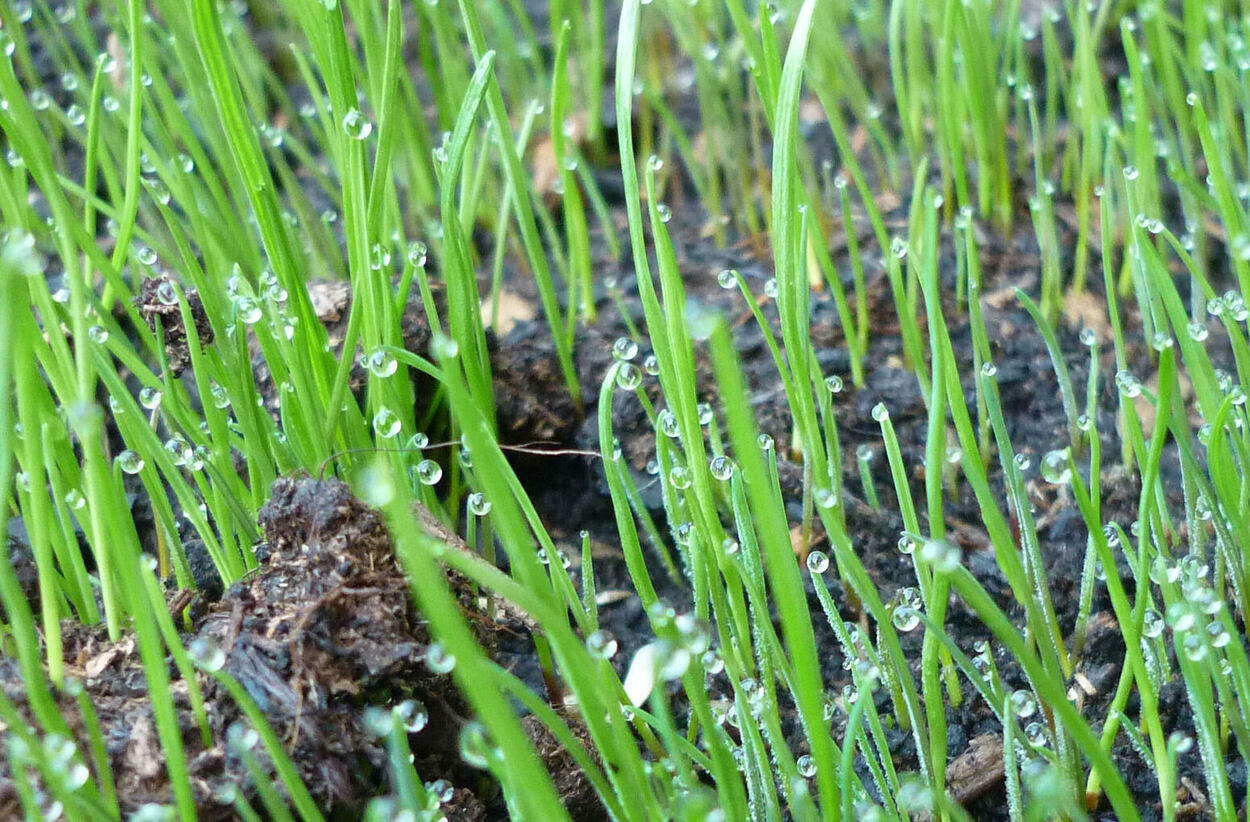

Landscaping Ideas
What Temperature Does It Need To Be For Grass To Grow
Modified: August 20, 2024
Discover the ideal temperature for grass growth and get expert landscaping ideas to create the perfect conditions for a lush, healthy lawn. Explore tips and techniques for optimal grass growth.
(Many of the links in this article redirect to a specific reviewed product. Your purchase of these products through affiliate links helps to generate commission for Storables.com, at no extra cost. Learn more)
Introduction
Grass, the lush green carpet that adorns lawns and landscapes, is a vital component of outdoor spaces. Its growth and vitality are influenced by various factors, with temperature playing a pivotal role. Understanding the relationship between temperature and grass growth is essential for nurturing a vibrant and healthy lawn.
Temperature serves as a crucial environmental factor that directly impacts the growth and development of grass. Whether you're a seasoned gardener or a novice enthusiast, comprehending the optimal temperature conditions for grass growth is fundamental to achieving a thriving and verdant lawn.
In this comprehensive guide, we will delve into the intricate connection between temperature and grass growth. By exploring the ideal temperature range for fostering robust grass growth, as well as the effects of temperature extremes on grass health, you will gain valuable insights into the nuanced relationship between temperature and the vitality of your lawn.
Moreover, we will provide practical tips for maintaining the ideal temperature conditions to support optimal grass growth. By implementing these strategies, you can create an environment that nurtures the flourishing of your grass, ensuring a picturesque and inviting outdoor space for relaxation and recreation.
Join us on this enlightening journey as we unravel the mysteries of temperature's influence on grass growth, empowering you with the knowledge and tools to cultivate a vibrant and resilient lawn. Let's embark on this exploration of the interplay between temperature and the lush green tapestry that graces our outdoor landscapes.
Key Takeaways:
- Grass thrives in specific temperature ranges: 60-75°F for cool-season grasses and 80-95°F for warm-season grasses. Understanding these ranges helps maintain a healthy and vibrant lawn.
- Extreme temperatures can harm grass. Implementing proper mowing, irrigation, fertilization, and shelter techniques can mitigate these effects and nurture resilient and lush grass.
Read more: At What Temperature Grass Stops Growing
Factors Affecting Grass Growth
Grass growth is influenced by a myriad of factors, each playing a distinct role in shaping the vitality and resilience of lawns and landscapes. Understanding these factors is essential for cultivating healthy and thriving grass. Let's explore the key elements that impact the growth of grass:
-
Soil Quality: The composition and health of the soil directly affect grass growth. Well-draining soil with adequate nutrients fosters robust root development and supports the overall health of the grass. pH levels, organic matter content, and soil compaction are critical aspects that influence the soil's capacity to sustain optimal grass growth.
-
Water Availability: Adequate water supply is crucial for grass growth. Insufficient water can lead to wilting and browning of the grass, while excessive moisture can create conditions favorable for diseases. Balancing water availability is essential for maintaining healthy and vibrant grass.
-
Sunlight Exposure: Sunlight is a primary driver of photosynthesis, the process through which plants produce energy. Grass requires sufficient sunlight to thrive, and the duration and intensity of sunlight exposure directly impact its growth and vitality.
-
Temperature: As we delve deeper into the influence of temperature on grass growth, it becomes evident that it is a critical factor. The interplay between temperature and grass growth is multifaceted, with both extremes and optimal ranges significantly impacting the health and development of grass.
-
Nutrient Levels: Essential nutrients, such as nitrogen, phosphorus, and potassium, are vital for the growth and sustenance of grass. Imbalances in nutrient levels can impede grass growth and lead to deficiencies or excessive foliage growth, affecting the overall health of the lawn.
-
Aeration and Compaction: The aeration of soil and mitigation of compaction are essential for promoting healthy grass growth. Compacted soil restricts root development and hinders the absorption of water and nutrients, while proper aeration facilitates the exchange of gases and supports robust root systems.
Understanding and managing these factors is crucial for creating an environment conducive to optimal grass growth. By addressing these elements, you can lay the foundation for a vibrant and resilient lawn, teeming with lush greenery and natural beauty.
Optimal Temperature for Grass Growth
The optimal temperature for grass growth is a critical determinant of the health and vitality of lawns and landscapes. It directly influences the metabolic processes, photosynthetic activity, and overall development of grass, shaping its resilience and aesthetic appeal. Understanding the ideal temperature range for fostering robust grass growth is essential for nurturing a thriving and verdant lawn.
In general, cool-season grasses, such as Kentucky bluegrass, fescue, and ryegrass, thrive in temperatures ranging from 60 to 75 degrees Fahrenheit (15 to 24 degrees Celsius). These grasses exhibit peak growth during the cooler months of spring and fall when temperatures align with their preferred range. Conversely, warm-season grasses, including Bermuda grass, Zoysia grass, and St. Augustine grass, flourish in temperatures between 80 and 95 degrees Fahrenheit (27 to 35 degrees Celsius). These grasses exhibit optimal growth during the warmer months of summer when temperatures align with their preferred range.
The interplay between temperature and grass growth is intricately linked to the physiological processes within the plant. Photosynthesis, the fundamental process through which plants convert light energy into chemical energy, is directly influenced by temperature. Optimal temperatures facilitate efficient photosynthetic activity, enabling grass to produce and accumulate energy for growth and development.
Moreover, temperature impacts the rate of transpiration, the process through which plants release water vapor through their leaves. Moderate temperatures support a balanced rate of transpiration, ensuring that grass can regulate its water loss without succumbing to excessive stress. Additionally, temperature influences the activity of enzymes and metabolic pathways within the grass, directly impacting its ability to utilize nutrients and sustain essential physiological functions.
Understanding the optimal temperature range for specific grass species is crucial for guiding lawn care practices. By aligning maintenance activities with the seasonal temperature variations, such as adjusting mowing heights, irrigation schedules, and fertilization practices, homeowners and landscapers can optimize the growth and health of their grass.
By maintaining awareness of the optimal temperature conditions for grass growth and tailoring lawn care practices accordingly, individuals can create an environment that nurtures the flourishing of their grass. This proactive approach fosters a picturesque and inviting outdoor space, characterized by vibrant and resilient grass that enhances the natural beauty of the landscape.
Effects of Temperature Extremes on Grass Growth
Temperature extremes exert profound effects on the growth and vitality of grass, significantly impacting its resilience and overall health. Both excessively high and low temperatures can pose formidable challenges to the well-being of grass, necessitating a nuanced understanding of their implications.
High Temperatures:
Intense heat can trigger a cascade of detrimental effects on grass growth. Prolonged exposure to high temperatures can lead to heat stress, causing the grass to wilt, lose color, and exhibit signs of dehydration. Additionally, elevated temperatures can accelerate the evaporation of soil moisture, leading to drought conditions that compromise the grass's ability to thrive.
Furthermore, high temperatures can disrupt the delicate balance of photosynthesis and respiration within the grass, impeding its capacity to produce and utilize energy effectively. This can result in diminished growth, weakened root systems, and an overall decline in the health and vigor of the grass.
Low Temperatures:
Conversely, extreme cold poses its own set of challenges to grass growth. Frost and freezing temperatures can inflict damage on grass blades and underlying tissues, leading to discoloration, cellular damage, and impaired metabolic activity. Moreover, prolonged exposure to freezing temperatures can induce dormancy in warm-season grasses, inhibiting their growth and vitality.
In regions experiencing harsh winters, the formation of ice crystals within the grass tissues can rupture cell membranes, causing irreversible harm to the plant. This can manifest as browning, wilting, and a diminished capacity for recovery once temperatures moderate.
Adaptive Mechanisms:
Despite the adversities posed by temperature extremes, grasses have evolved remarkable adaptive mechanisms to cope with these challenges. Cool-season grasses exhibit a degree of resilience to heat through mechanisms such as increased transpiration and the activation of stress-responsive genes. Similarly, warm-season grasses have developed strategies to endure brief periods of cold, leveraging mechanisms such as dormancy and protective biochemical responses.
Mitigating the Impact:
To mitigate the impact of temperature extremes on grass growth, proactive measures can be implemented. These include providing adequate irrigation during periods of high heat to sustain soil moisture, implementing shading techniques to mitigate heat stress, and employing frost protection methods to safeguard grass during cold spells.
By comprehending the effects of temperature extremes on grass growth and implementing targeted strategies to mitigate their impact, individuals can safeguard the health and vitality of their lawns, ensuring that their grass thrives despite the challenges posed by fluctuating temperatures.
Tips for Maintaining Ideal Temperature for Grass Growth
-
Proper Mowing Practices: Adjusting the mowing height based on the grass species and seasonal temperature variations is crucial for maintaining the ideal temperature for grass growth. During periods of high heat, raising the mowing height can provide shade to the soil, reducing moisture loss and minimizing heat stress on the grass. Conversely, in cooler temperatures, maintaining an appropriate mowing height prevents the grass from becoming excessively shaded, promoting healthy growth and photosynthetic activity.
-
Adequate Irrigation: Consistent and appropriate irrigation is essential for sustaining the ideal temperature conditions for grass growth. During periods of high heat, deep and infrequent watering can help cool the soil and maintain optimal moisture levels, mitigating the impact of elevated temperatures on the grass. Conversely, adjusting irrigation frequency during cooler temperatures prevents waterlogging and supports healthy root development, ensuring that the grass thrives in the prevailing conditions.
-
Appropriate Fertilization: Tailoring fertilization practices to align with temperature variations is vital for maintaining the ideal conditions for grass growth. During periods of optimal temperatures, applying balanced fertilizers rich in essential nutrients can bolster the grass's resilience and promote vigorous growth. Conversely, adjusting the timing and composition of fertilizers during temperature extremes prevents stress on the grass and supports its overall health and vitality.
-
Aeration and Soil Management: Implementing regular aeration and addressing soil compaction are essential for sustaining the ideal temperature conditions for grass growth. Aerating the soil promotes air circulation, facilitates water absorption, and supports robust root development, contributing to the grass's ability to thrive in diverse temperature ranges. Additionally, addressing soil compaction prevents temperature-induced stress on the grass, ensuring that it can flourish in optimal conditions.
-
Utilizing Shade and Shelter: Providing shade and shelter to the grass during periods of extreme temperatures can help maintain the ideal conditions for growth. Employing shading techniques, such as temporary covers or strategically positioned structures, can mitigate heat stress and prevent excessive temperature fluctuations, safeguarding the grass's health and vitality. Similarly, employing frost protection measures during cold spells ensures that the grass remains resilient and can resume vigorous growth once temperatures moderate.
-
Selecting Appropriate Grass Varieties: Choosing grass varieties that are well-suited to the prevailing climate and temperature conditions is fundamental for maintaining ideal temperature conditions for growth. Selecting cool-season or warm-season grasses based on the region's climate and temperature patterns ensures that the grass can thrive in its natural environment, minimizing the impact of temperature fluctuations on its growth and vitality.
By implementing these proactive measures and tailoring lawn care practices to align with temperature variations, individuals can create an environment that nurtures the flourishing of their grass. This proactive approach fosters a picturesque and inviting outdoor space, characterized by vibrant and resilient grass that enhances the natural beauty of the landscape.
Grass typically grows best when the soil temperature is between 50-65°F (10-18°C). Keep an eye on the weather and wait for the right temperature before planting or fertilizing your lawn.
Read more: What Temperature Can Grass Seed Grow
Conclusion
The interplay between temperature and grass growth is a captivating journey that unveils the intricate mechanisms governing the vitality and resilience of lawns and landscapes. As we conclude this exploration, it becomes evident that temperature serves as a formidable influencer, shaping the metabolic processes, photosynthetic activity, and overall development of grass.
By understanding the optimal temperature range for specific grass species and the effects of temperature extremes, individuals can navigate the complexities of lawn care with confidence and precision. The nuanced interplay between temperature and grass growth underscores the importance of aligning maintenance practices with seasonal temperature variations, ensuring that the grass thrives in diverse environmental conditions.
Moreover, the proactive measures outlined for maintaining the ideal temperature for grass growth serve as invaluable tools for homeowners, landscapers, and gardening enthusiasts. From adjusting mowing practices and irrigation schedules to implementing shade and shelter techniques, these strategies empower individuals to create an environment that nurtures the flourishing of their grass, fostering a picturesque and inviting outdoor space.
As we bid farewell to this enlightening journey, armed with a deeper understanding of the role of temperature in grass growth, let us embark on a new chapter of lawn care with renewed insight and enthusiasm. By embracing the symbiotic relationship between temperature and grass growth, we can cultivate vibrant and resilient lawns that stand as testaments to the harmonious coexistence of nature and nurturing care.
In the tapestry of outdoor landscapes, grass emerges as a resilient and captivating protagonist, weaving its lush greenery into the fabric of our surroundings. Through the thoughtful application of temperature-conscious lawn care practices, we can ensure that this protagonist thrives, adorning our outdoor spaces with its natural beauty and vitality.
As we part ways, let us carry forth this newfound knowledge, tending to our lawns with a blend of expertise and empathy, and sowing the seeds of vibrant growth and enduring beauty. The symphony of temperature and grass growth continues, and we stand as orchestrators, guiding the melody of nature's flourishing in our outdoor sanctuaries.
Frequently Asked Questions about What Temperature Does It Need To Be For Grass To Grow
Was this page helpful?
At Storables.com, we guarantee accurate and reliable information. Our content, validated by Expert Board Contributors, is crafted following stringent Editorial Policies. We're committed to providing you with well-researched, expert-backed insights for all your informational needs.
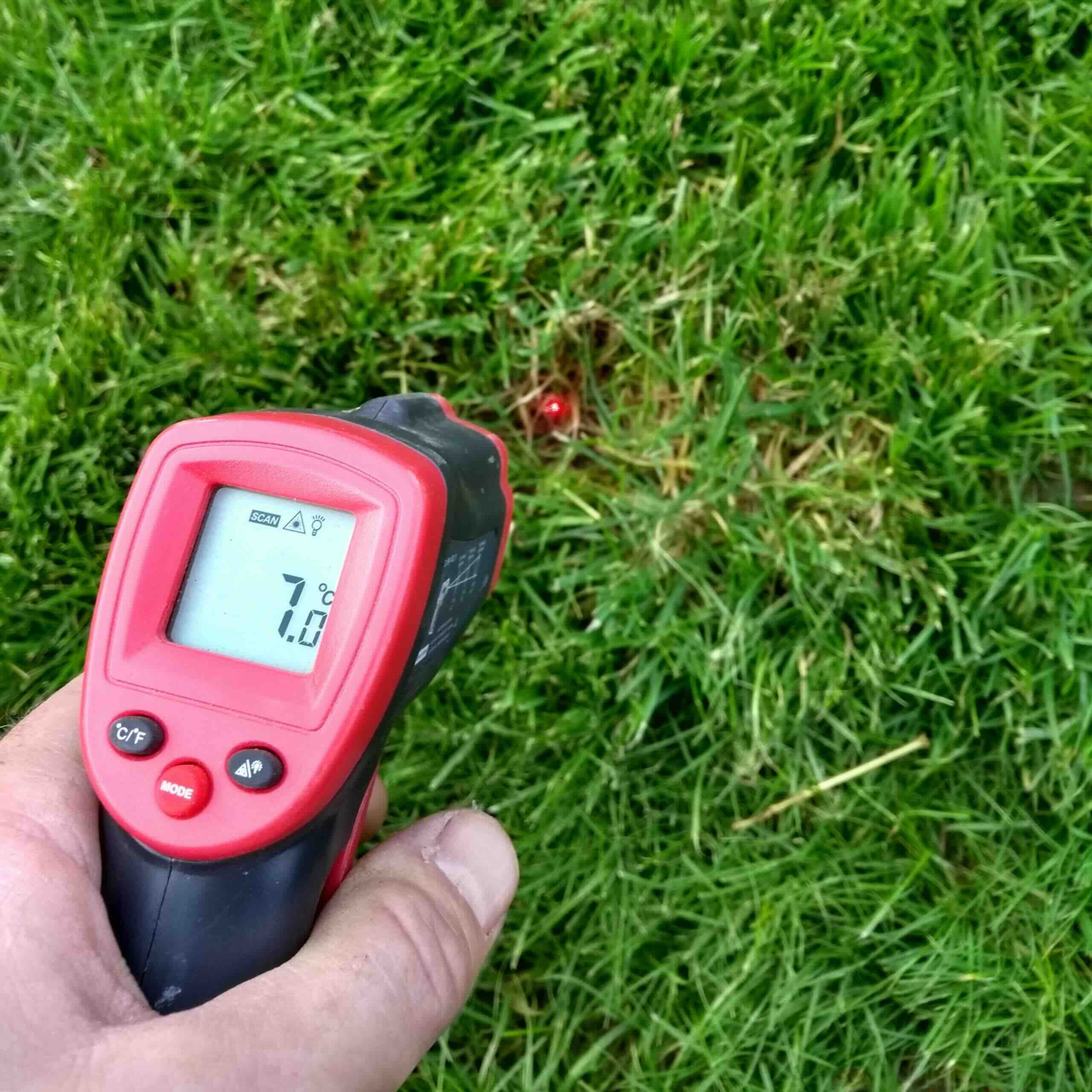
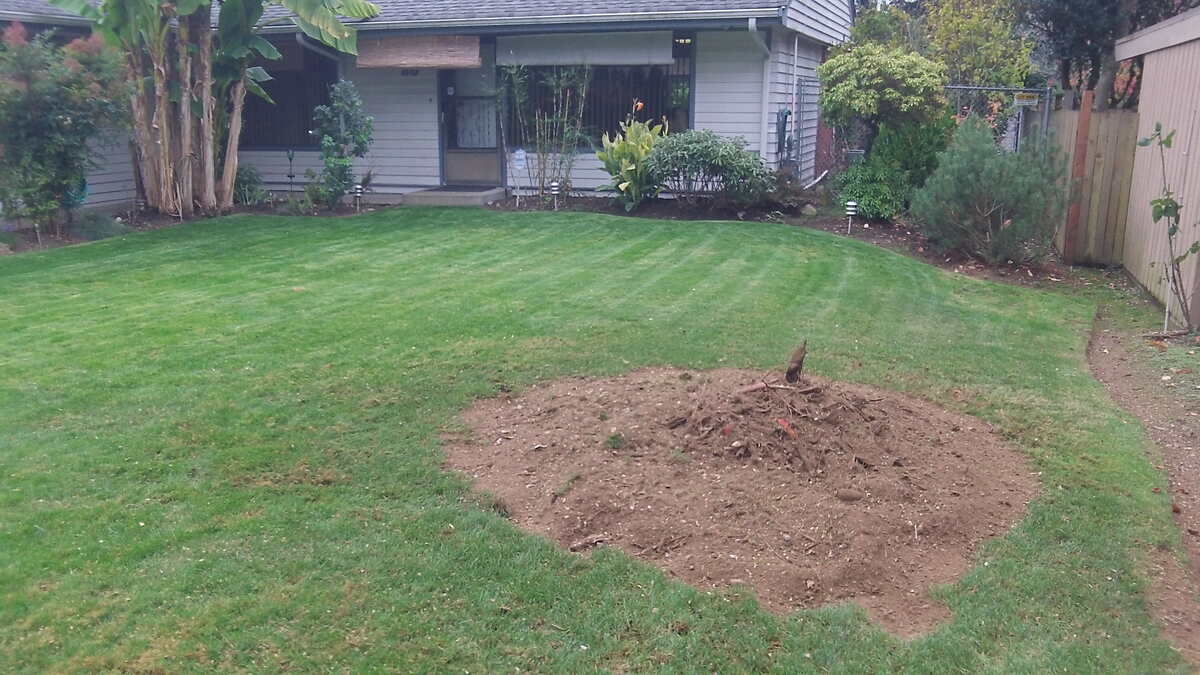

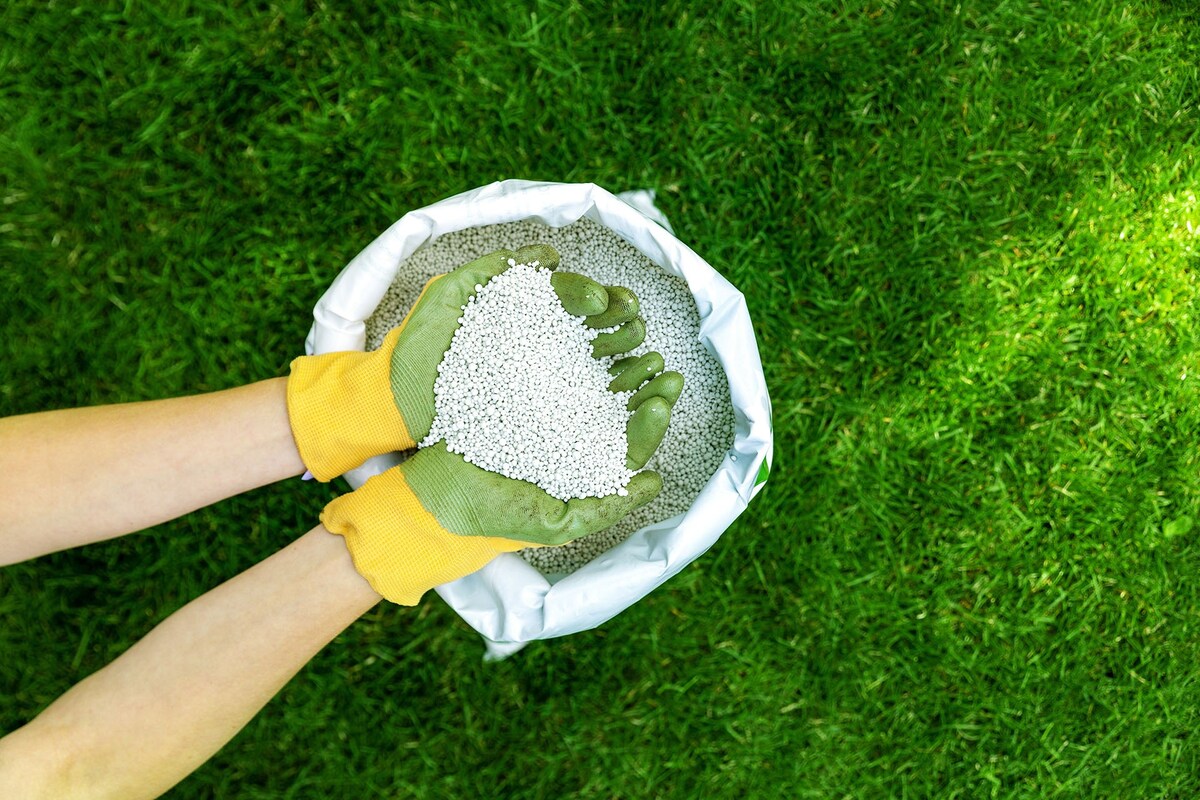
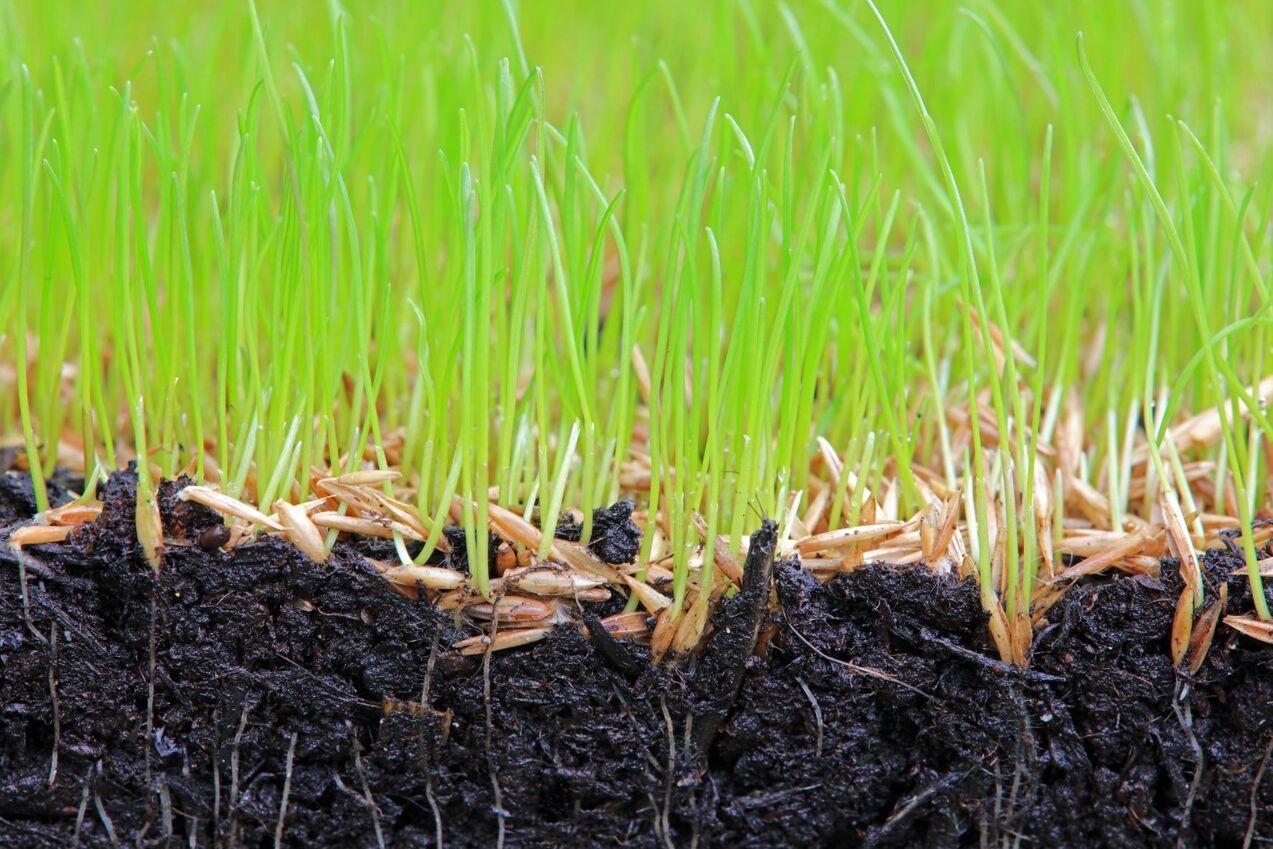

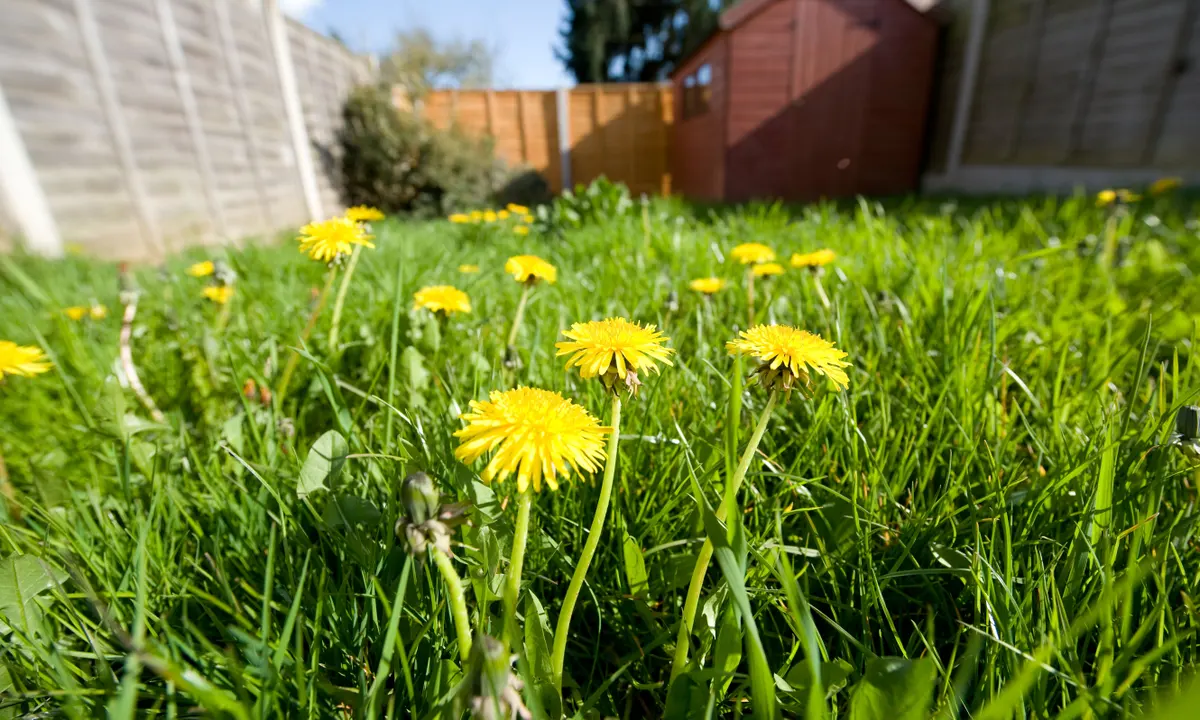
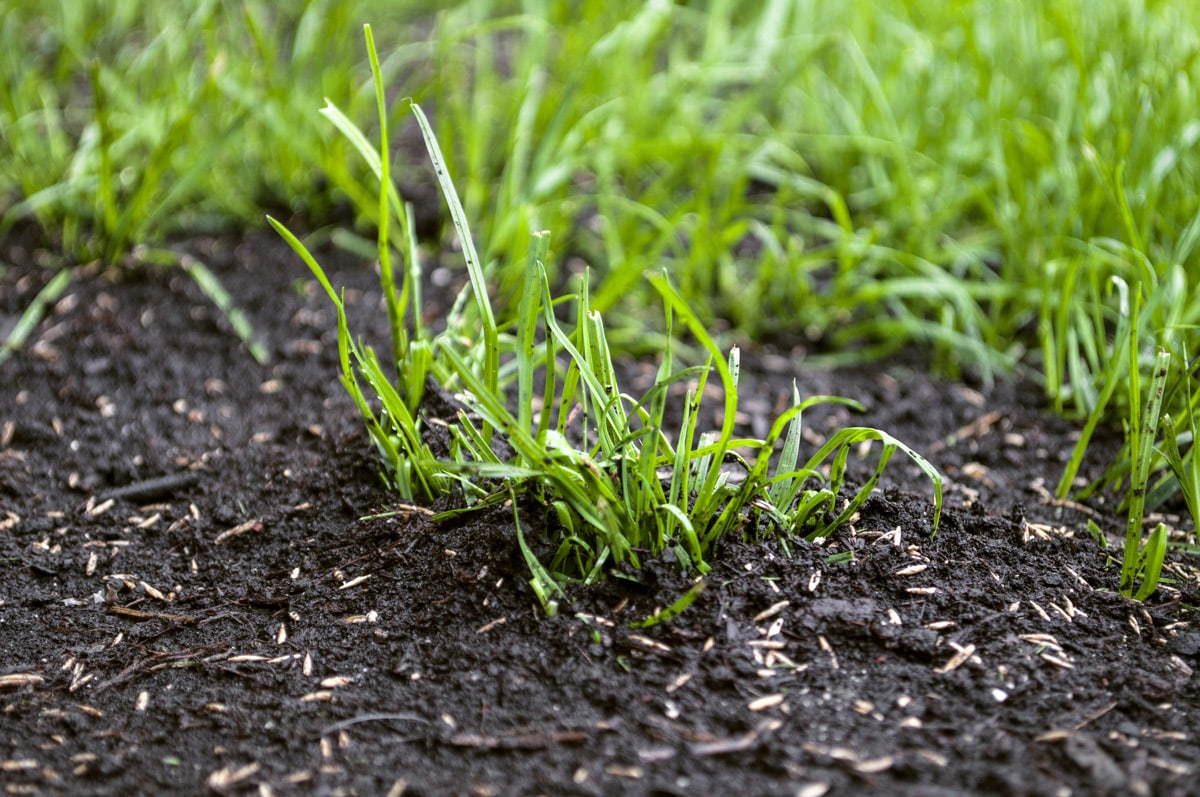
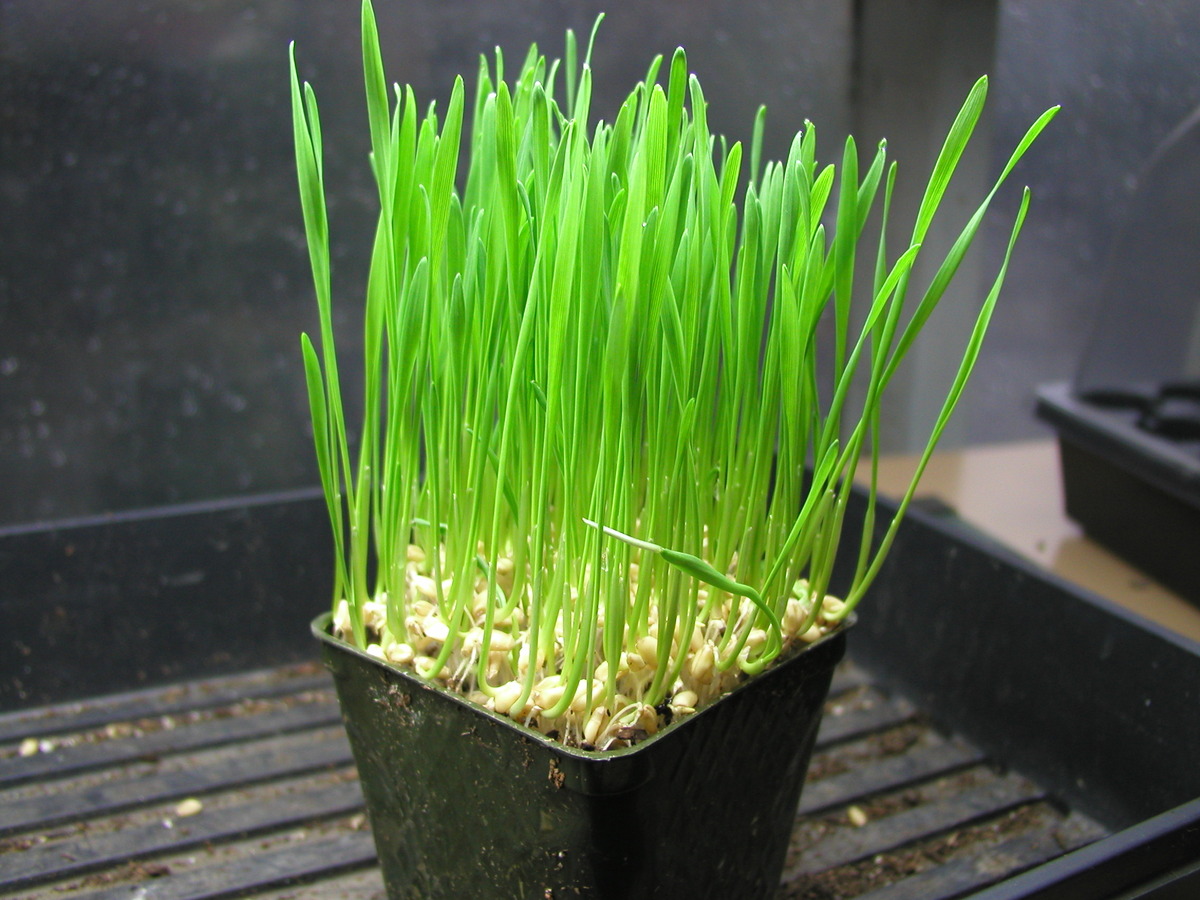
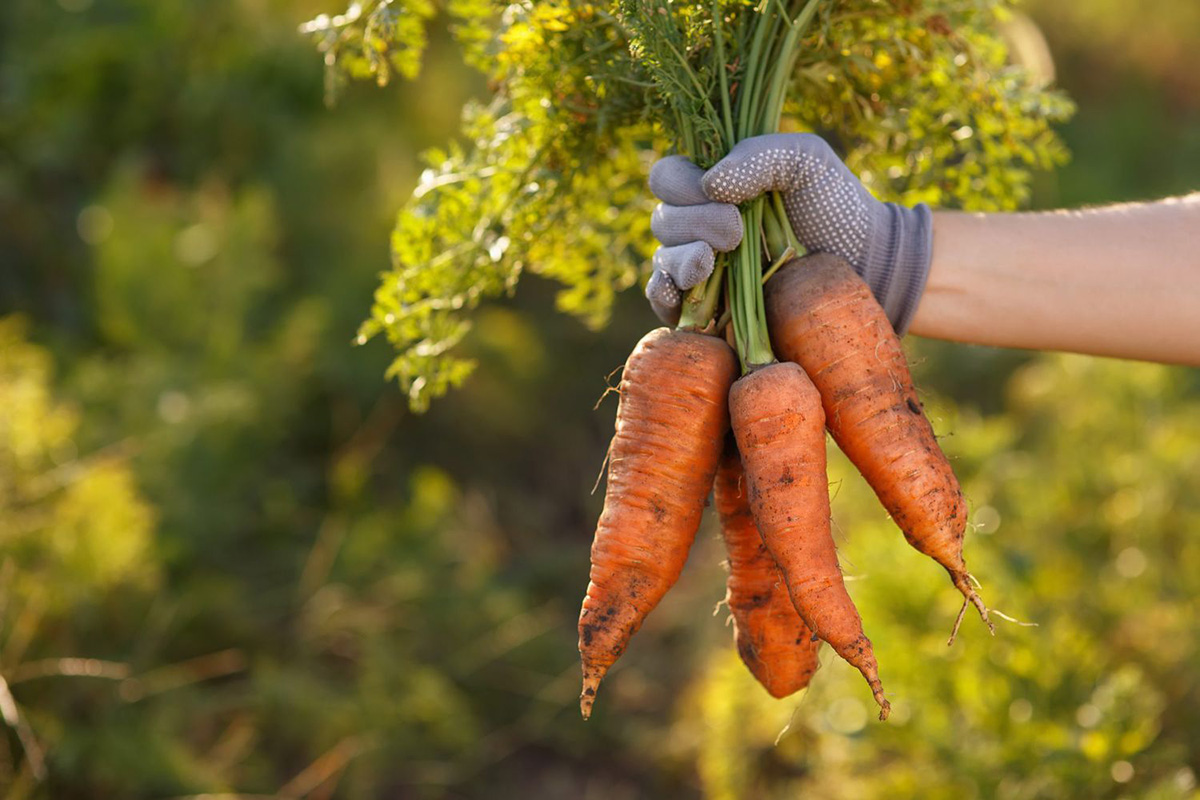
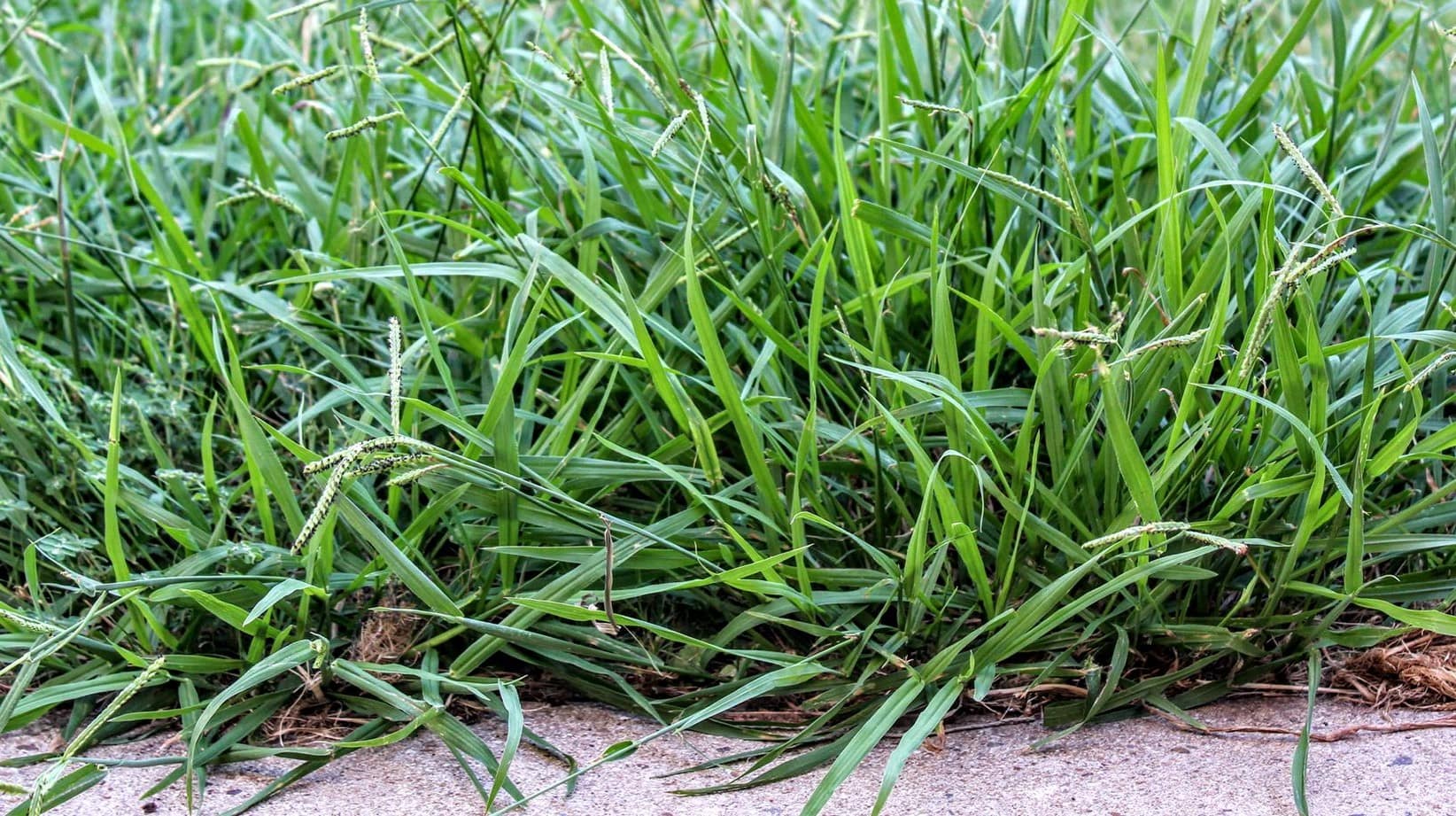
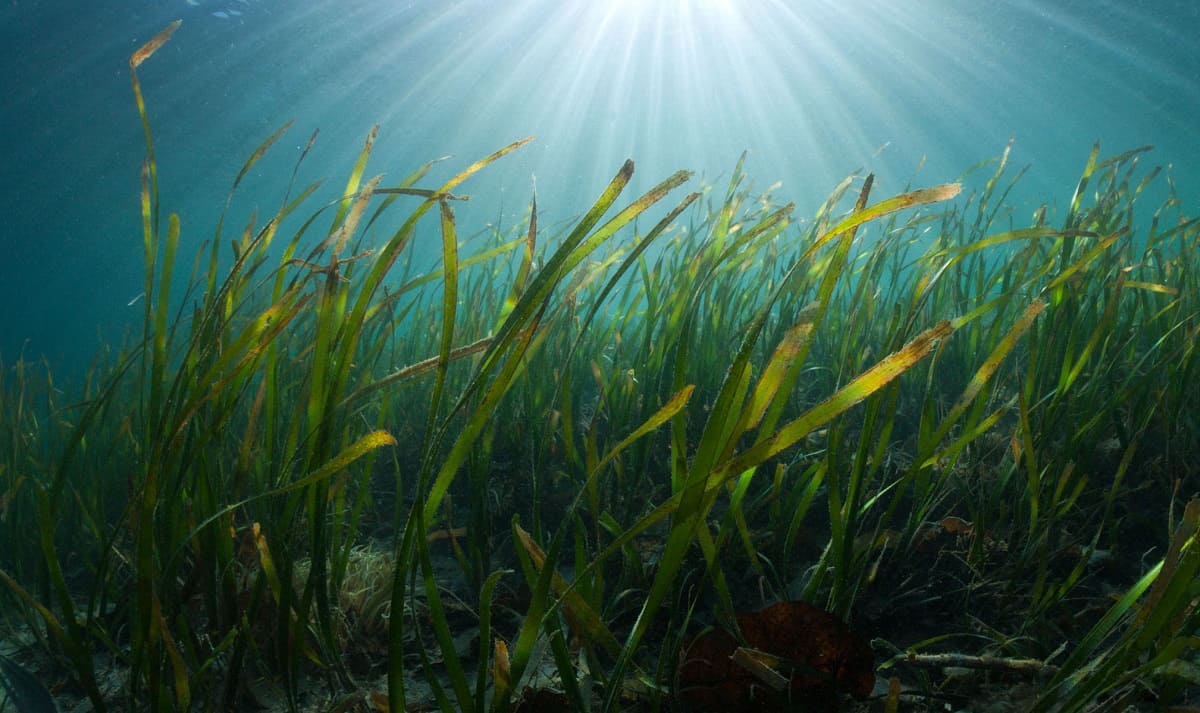
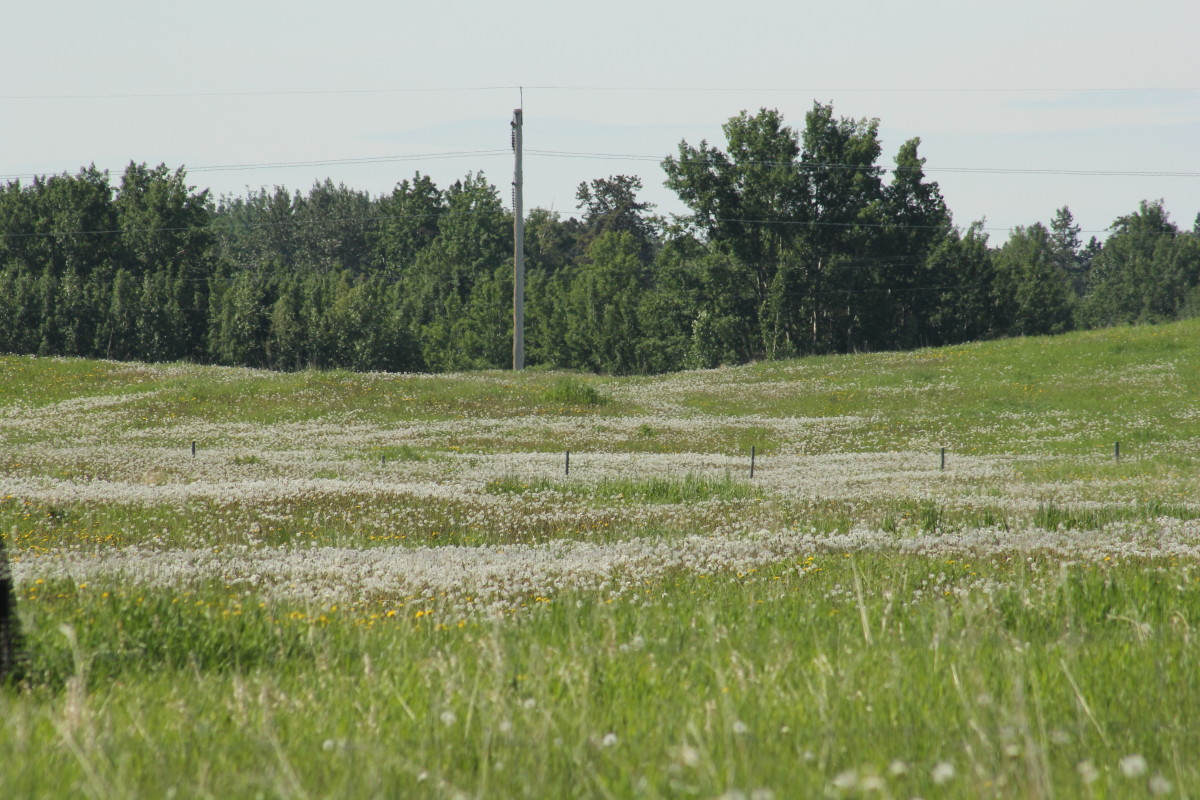

0 thoughts on “What Temperature Does It Need To Be For Grass To Grow”